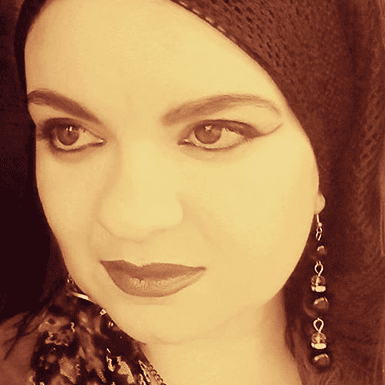Review Rating: 5/5
There is always a time between the concepts of the present and forever which is inscribed in our remembrance. It is the beauty of memory which enables us to transcend and live within this truth. “Rest in My Shade” (Interlink Books, 2018) explores this reality through an illustrated poem about roots and Palestinian collective memory. The protagonist is the olive tree – reflecting symbolism and reality for Palestinians as literature and art navigate the intricacies of belonging, dispossession, nostalgia and recollections.
Despite the brevity of the book, there is an abundance to ponder. The beginnings of this particular olive tree “sprouted from an olive pit/tossed on a footpath/along an ancient trading route” contrasts with its epilogue “my story is … your story too”. Both symbolise the depth of an unfinished story. Palestinian dispossession and the Palestinian right of return are two realities ruminated upon by Palestinians. The olive tree, a target of Israeli Jewish settlers, embodies this ongoing trauma.
Nora Lester Murad and Danna Masad’s poem evokes this intertwining between land and people in a series of observations and memories, drawing upon history and people’s memory, as well as the tenacious Palestinian attachment to land. Destruction and dispossession are preceded by fear, much in the same way that Zionist violence and ethnic cleansing paved the way for an eventual rupture between land and people. The onset of fear brings about a realisation of a land that is bigger than one’s immediate space. Hence, the roots become a metaphor of the realisation of permanence, even if that permanence is physically lacerated.
Review: Freedom Fields
What do roots remember? Between remembrance and reality, the latter is harsh and always conscious of a void that is not just about how things were, but how the essence of that truth festers in a contradictory and oppressive present. The tree’s uprooting is violent, yet its preservation elsewhere is bewildering. It is saved from death, only to be planted in a space that is alien, where people do not connect with its existence. Such an absence of recognition normalises the tree’s existence which was once part of a thriving environment, where land and people shared an unrivalled bond. The poem expresses such longing thus: “Where are the rhythmic voices that sang to me/ in the language of the hills and the seas?”
The rhetorical question is an invitation to a deluge of memories and increased yearnings that do not distinguish between the past and the future, perhaps because the present, while real, is incongruous with the Palestinian dream of what was and what should be. For Palestinians, the future is a return to the roots. Thus there is no contradiction in remembering the past as a dream for the future.
Meanwhile, what of the present reality that divested Palestinians of their right to live in their land? The poem’s sparse verses are a powerful tool in invoking recollections or, for non-Palestinians, to form impressions of such recollections. However, it is here that the artwork by Palestinian artists enables a vivid visualisation of the poem’s ruminations.
The featured artwork is like a chronology of memory. From the strong depiction by Marwan Nassar of the olive tree in its natural environment, the paintings unravel the land’s memories alongside the Palestinian people’s role in creating those memories. Nature is the dominating factor, whether in its unblemished state or destroyed. The Palestinian people are portrayed as a valuable asset that recognised and understood earth’s harmony, in contrast to the settlers that reduced the olive tree’s assertions of “I was more” to destroyed fragments.
Review: The Story of the Holy Land Foundation Five
Tamam Al-Akhal’s painting of shattered trees is a powerful reminder of the destruction authored by colonial violence. The bare trunk and its olive-laden branches on the ground depict gratuitous viciousness – the tree is now reduced to fragments while the Palestinians who tended their fields have also left relics of their rupture.
The rupture between people and territory is depicted in Ismail Shammout’s oil painting, “For Survival”, which is a semi-abstract rendition of the rupture enforced by Zionism upon Palestinians. It compels the viewer to shift between decades of displacement, all tied to the 1948 Nakba. What is left of a harmonious existence is now a cacophony of repetitive gestures fuelled by need. Objects and people in the painting create a dissonance that is not of their own making, but rather a result of knowing that the present is forced to contain only slivers of tangible Palestinian identity.
Dispossession is a lonely space. It is characterised by absence of recognition, it dictates need over inscriptions of knowing that despite the external manifestation, the truth is contained within. Elsewhere, in memory, is elusive. Who is not to say that the present, if lived in discordance, does not constitute an aberration? There is truth only in what lies within one’s heart. Hence both poem and paintings express the definition of home in terms of feeling, which is what constitutes the essence of being and, in Palestine’s case, what it means to be Palestinian.









